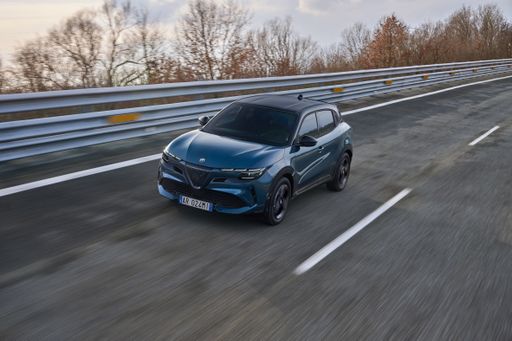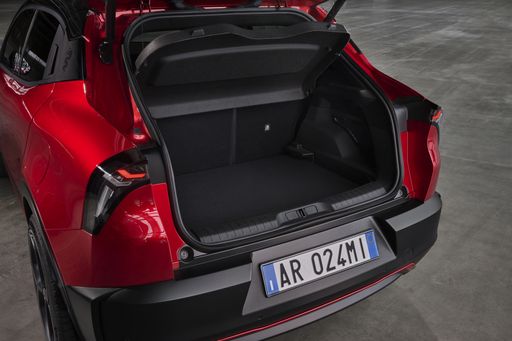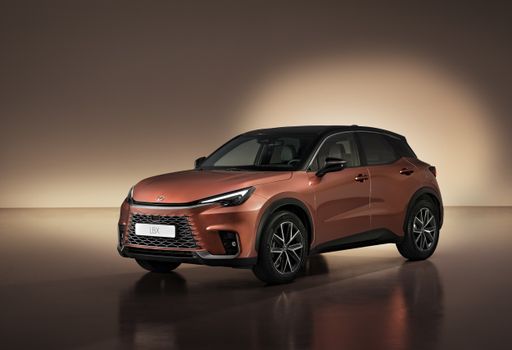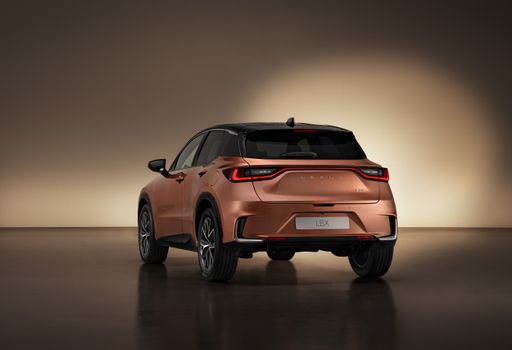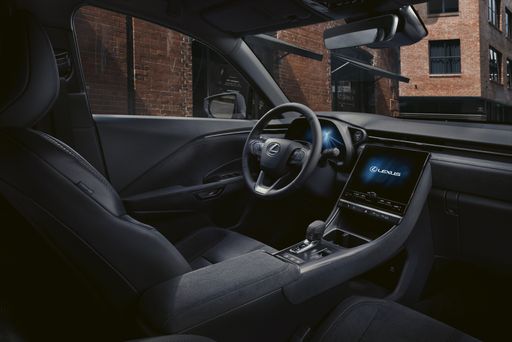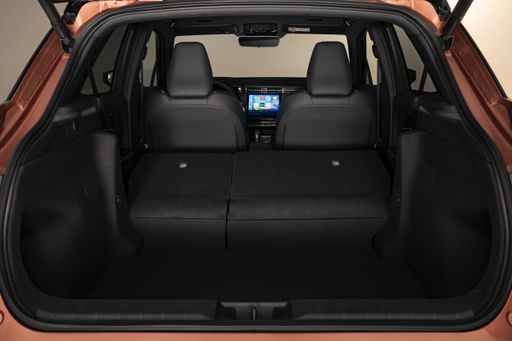Italian passion, Japanese poise
The comparison feels almost theatrical: the Alfa Romeo Junior arrives like a rival in a tailored jacket, full of intent and personality, while the Lexus LBX offers a composed, restrained elegance that soothes rather than provokes. One charms with flair and a hands-on driving persona, the other wins you over with polish and predictability. Together they sketch two different philosophies about what a compact should be—one emotional, one considered.

